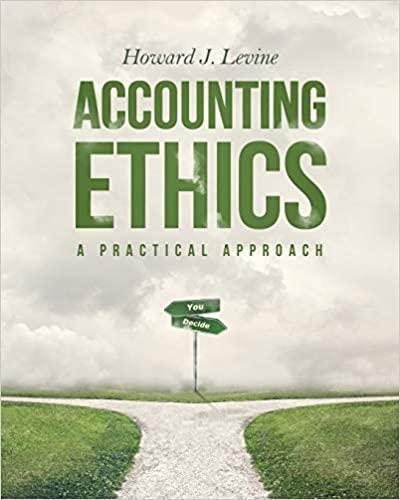Question
As of January 1, 2020, Dark Mine, Inc. has amassed an excess inventory of coal that it will not be able to sell in the
As of January 1, 2020, Dark Mine, Inc. has amassed an excess inventory of coal that it will not be able to sell in the upcoming year (175,000 tons). The company seeks to hedge the fair value of this coal over the next year (2020). Because of differences in grade and quality specifications, a futures contract is not available for the exact type of coal in the companys excess inventory. However, the company believes that the one-year coal futures contracts available on the CME Globex exchange will provide an adequate hedge. Listed in the spreadsheet coal.xls are the historical quarterly prices for the one-year coal futures contract and the spot prices of the type of coal in the companys excess.
(1) How many futures contracts should the company purchase to get as close as possible to maximum hedge effectiveness? Show your work. Hint 1: Note that the question is asking for the number of contracts, not the notional amount. Partial contracts are not available, so first compute the total notional amount that would achieve maximum hedge effectiveness. This represents an ideal that may not be achievable given the indivisibility of the futures contracts. Then find the number of contracts that comes closest to the ideal notional amount. When computing the ideal notional amount, remember to take the regression coefficient out to at least five decimal places. Hint 2: The correct answer is 143 contracts. Even if you cant replicate this number by following Hint 1, use this number for all questions below that refer to question 1.
(2) Assume that the past co-movements in prices are expected to continue into the future. Using regression analysis, evaluate whether the company qualifies for hedge accounting treatment with prospective testing. a. What are the relevant regression outputs for hedge effectiveness that you obtain when hedging using the number of contracts derived in question 1? Does Dark Mines hedge pass the prospective test? b. What are the relevant regression outputs for hedge effectiveness that you obtain when simply trying to match the derivatives notional amount to the actual amount of inventory (175,000 tons)? Similar to the approach used in question 1, use the number of contracts that gets as close as possible to a notional amount of 175,000 tons. Does Dark Mines hedge pass the prospective test? c. Why is a coefficient close to 1 considered the superior outcome when it comes to hedging? Why isnt a higher coefficient considered to be better?
(3) Assume that Dark Mine, Inc. hedges using the number of contracts derived in question 1 and finds that the hedge is highly effective on a prospective basis. It enters into the hedge on 1/1/20 (futures price = $61.47/ton). On 3/31/20, the selling price of Dark Mines coal is $60/ton and the futures price is $62/ton. Assume that the cost basis of the 175,000 tons of Dark Mines coal inventory as of 12/31/19 was $10,305,750, which comes out to $58.89 per ton, the same as the spot price on 12/31/19 (perhaps the firm did a lower-of-cost-or-market adjustment; whatever the reason, this makes the scenario equivalent to the Spectrum example seen in class, in which the inventory cost value was initially equal to the inventory fair value). a. Using a regression test, does Dark Mine qualify for hedge accounting as of 3/31/20? What are the relevant regression outputs? b. What are the journal entries for 3/31/20?

Step by Step Solution
There are 3 Steps involved in it
Step: 1

Get Instant Access to Expert-Tailored Solutions
See step-by-step solutions with expert insights and AI powered tools for academic success
Step: 2

Step: 3

Ace Your Homework with AI
Get the answers you need in no time with our AI-driven, step-by-step assistance
Get Started


